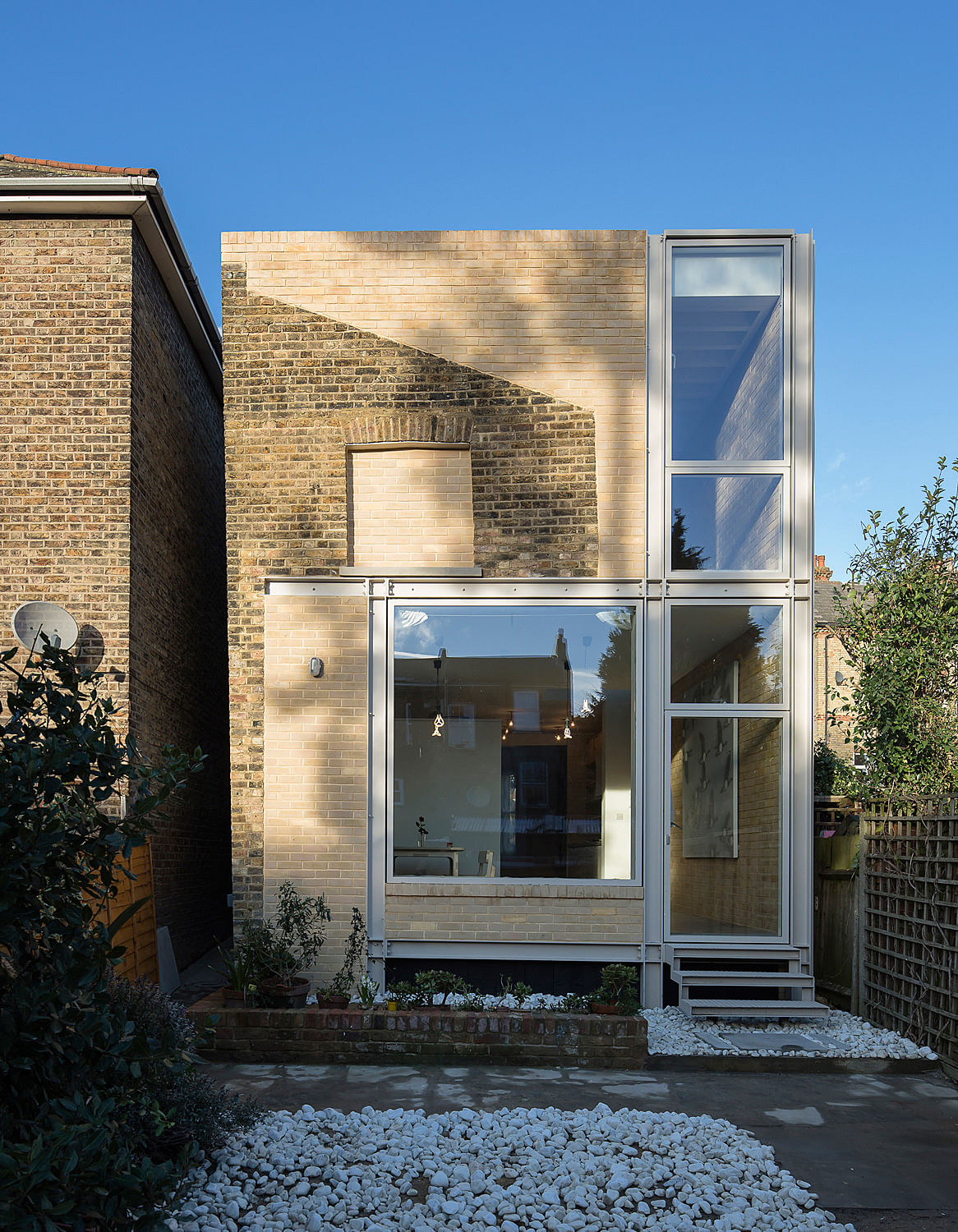
2016 Stephen Lawrence Prize awarded to House of Trace
By Justine Testado|
Friday, Oct 7, 2016
Related
Tsuruta Architects' House of Trace was revealed as the 2016 Stephen Lawrence Prize winner during a slew of big announcements at the RIBA Stirling Prize party in London yesterday. Established by the Marco Goldschmied Foundation in 1998 in memory of aspiring young architect Stephen Lawrence, the prize recognizes the best UK-based projects designed by emerging talent and were built with a construction budget of less than £1 million. Niall McLaughlin won the award last year with the Fishing Hut.
Chosen out of six shortlisted projects, Tsuruta Architects designed the House of Trace as an extension for a London terraced house, merging Japanese and British culture. It surely must be a moment of pride for Tsuruta Architects with the House of Trace. Before the Stephen Lawrence Prize, the project also had winning titles in the 2016 RIBA National Award and the London Award competitions.
Scroll down for more about the House of Trace.

Tsuruta Architects wanted to preserve a “sense of everyday memory, while simultaneously allowing the new intervention to have its own identity,” making the House of Trace an appropriate name for the project. Designed to represent the merging of British and Japanese culture, the House of Trace is “a surprising and delightful rethink of the terraced house extension. The play between old and new creates intriguing and playful spatial relationships within the house.”

“Marking the split between old and new, the central void forms a focal point where living and communal spaces have a direct connection to the sleeping and private spaces upstairs. The demolition of the original extension and its replacement called for an intervention that can be read as a part of the original main building without replicating classical vocabulary or gesture.”
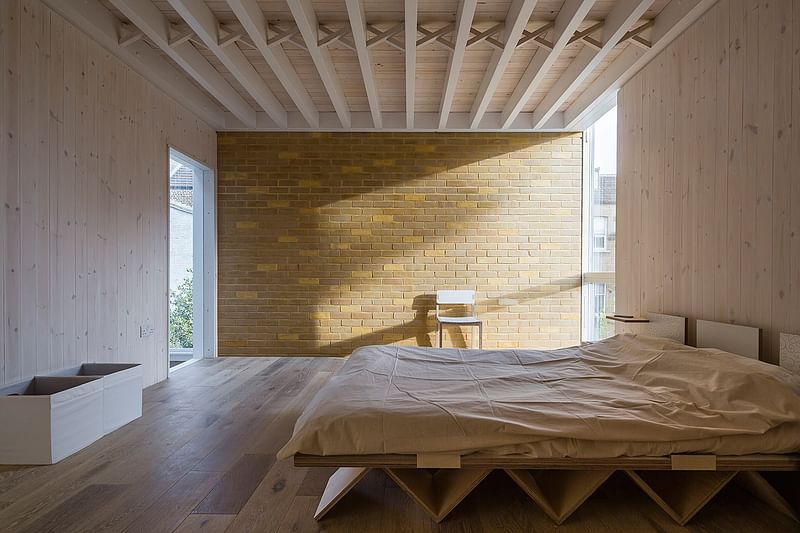
“The master bedroom in the new extension is beautifully detailed and thought out. Unusually, the space has light from two sides, an external window looking to the garden and an internal window looking across the central void and into the child’s bedroom, creating a unique sense of light and space within what might otherwise be a fairly conventional room.”
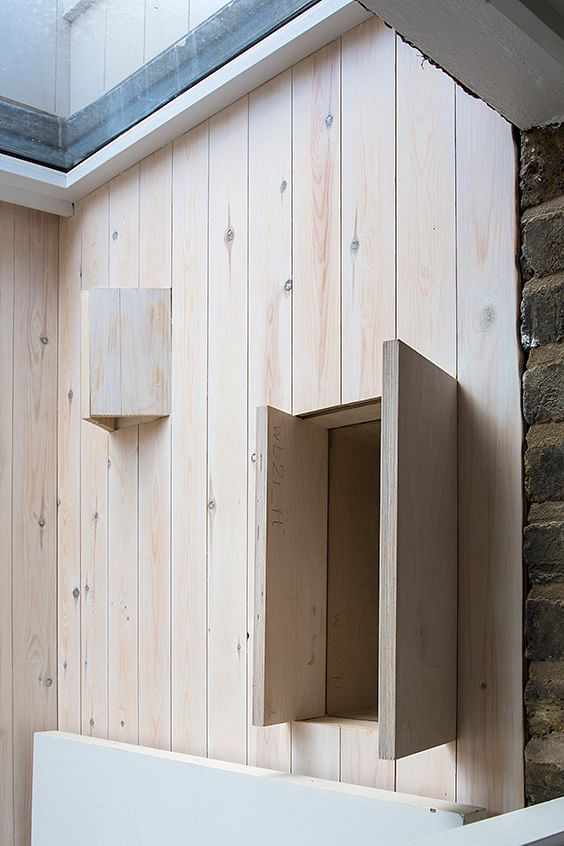
“The original extension had no distinct historical or architectural value, and was structurally unsound, but it had a sloop roof profile typical of those found in terrace house back gardens. The architects chose to incorporate this banality in the new face of the rear garden.”
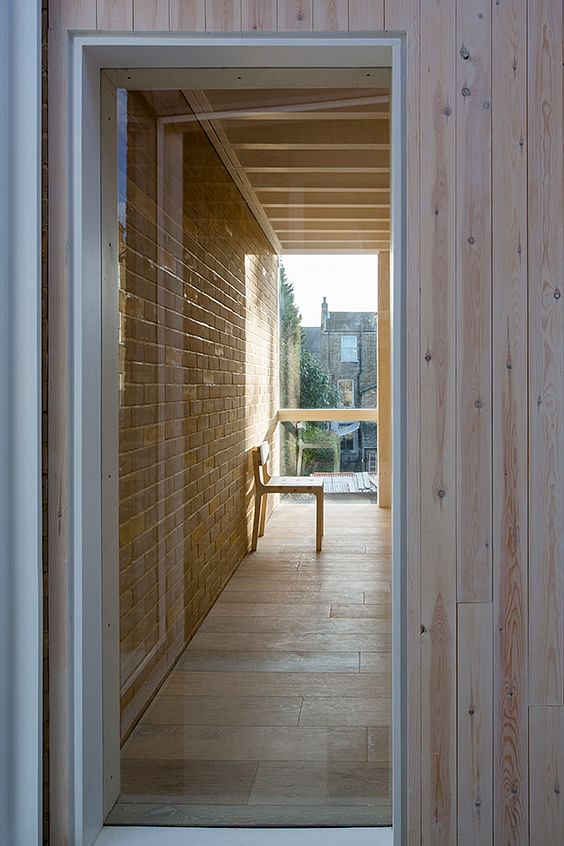
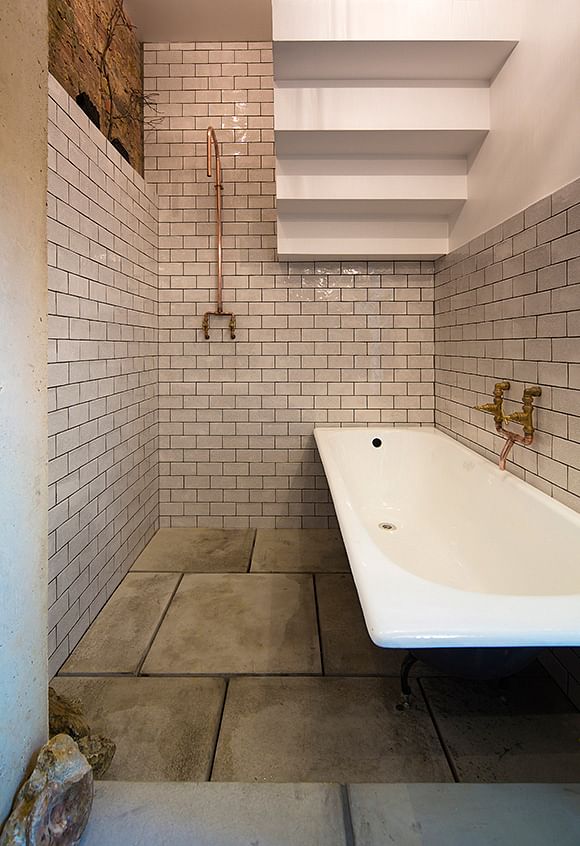
The prize jury described the House of Trace as a fresh, clever approach to the terraced house/extension typology as well as in architectural conservation. “Age, patina and even structural faults are lovingly preserved and deftly combined with bold abstraction. One of the existing walls had been leaning at a displacement of about one brick thick towards an adjacent building. These significant old movements were registered as cracks on the leaning wall and have now been revealed and retained within the corridor.”
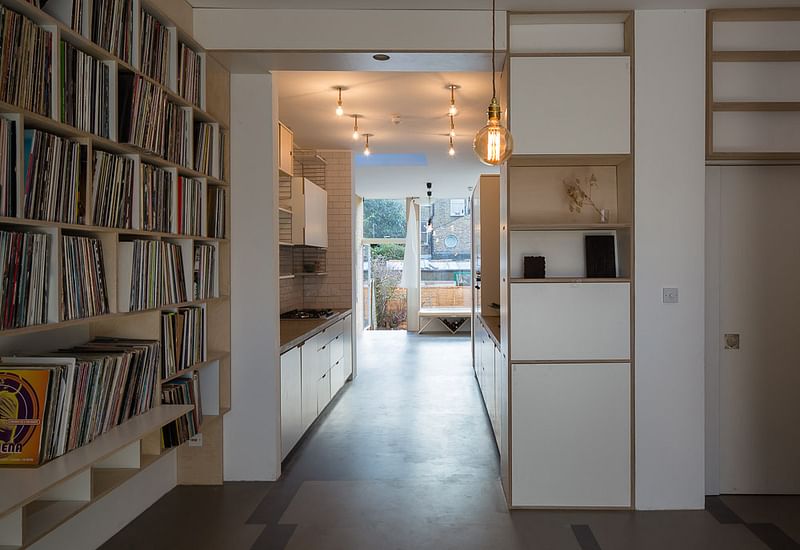
Quoted text via

Share
0 Comments
Comment as :